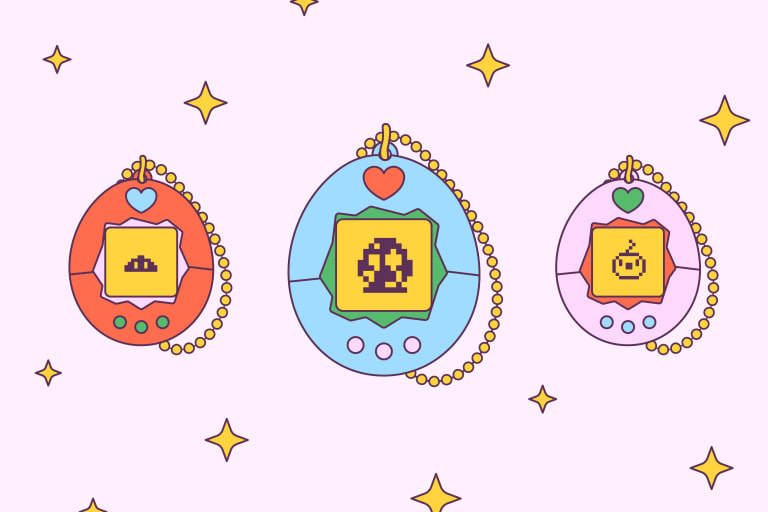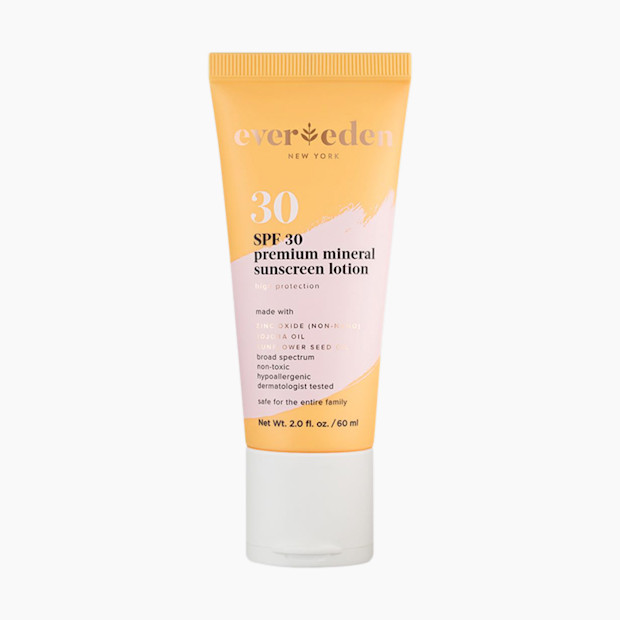
Your 24-Week-Old Baby
Happy half birthday, baby! Time for another routine checkup, plus baby can now wear sunscreen.

In This Article
Somehow it’s been six months already (or maybe it’s only been six months), and your half-year-old is laughing, rolling, grabbing and doing all kinds of amazing things every day. Both your baby and you have been through a ton of growth, and there’s still so much more to come in the next six months.
This week, you might be heading to baby’s six-month checkup, which comes with its own set of milestone check-ins with baby’s pediatrician. Dr. Chris Klunk, a board-certified neonatologist with Pediatrix Medical Group, gives the lowdown on what to expect at this next appointment.
And now that your baby is six months old, it’s time to consider your approach to sun protection. Sunscreen has been a no-go so far since your baby was too young, but six months marks the age when pediatricians say it’s okay to start using. We talked to Dr. Klunk as well as Dr. Gabriella Dauer, author of Beyond the Basics: A Pediatrician’s Newborn Guide, about how to safely apply sunscreen on a six-month-old, plus when to consider sun protection alternatives.
🚼 Baby’s Development
6-Month Well Baby Checkup
Your baby’s six-month appointment is another milestone visit, and while each checkup is a great opportunity to get a closer look at how your baby is growing and learning, this one may be particularly exciting because of just how much your baby can do now.
Just like at the previous checkups, your pediatrician will measure baby’s weight, length and head circumference, check vitals and reflexes and discuss recent and upcoming milestones. “This is a great age with little ones laughing, recognizing familiar faces, blowing raspberries, reaching for toys and rolling, among other things,” Dr. Klunk says. He emphasizes that development—not just physical growth—is a major focus of this visit. You can expect to talk about:
Rolling both ways
Sitting independently
Hand-eye coordination: reaching, grabbing and transferring objects from one hand to another
Object permanence
Babbling and new sounds
Social engagement and recognizing familiar people
Early problem-solving and cause-and-effect (shaking, banging, mouthing objects)
Preparing for crawling
You read that last one right: the next time you see the pediatrician (at the nine month checkup), your baby might be crawling. That means this is a good time to ask about how best to prepare, including signs baby is about to get mobile, babyproofing your home and making sure baby gets plenty of practice.
Feeding also gets a bigger spotlight during this checkup. Like we talked about last week, most babies are ready to start solid foods right around now, so your pediatrician will walk through readiness cues, how to introduce new foods (including allergens), how to ensure baby is getting enough iron and how breast milk or formula should continue to be baby’s primary nutrition for the full first year. If you’ve already started solids, be sure to tell your pediatrician everything your baby has tried so far, whether they’ve had any allergic reactions and how much solid food they typically eat per day.
Your pediatrician will want to know about baby’s sleep patterns, too—especially after that first sleep regression and before the next one (which is due right around six months). You might talk about longer nighttime stretches, changes to nap routines and how teething will continue to be a sleep disruptor.
The six month checkup also marks another round of immunizations. The AAP’s six-month immunization schedule typically includes the same vaccines baby received at two and four months, plus they’re also now eligible for the annual flu shot and COVID shot. In total, your baby is due to receive:
Hepatitis B (HepB)
Rotavirus (RV)
Diphtheria, tetanus, and pertussis/whooping cough (DTaP)
Haemophilus influenzae type b (Hib)
Pneumococcal (PCV)
Polio (IPV)
COVID-19
Influenza (Flu shot)
And keep in mind that even if your baby handled previous shots well, your pediatrician will still want you to keep an eye out for fever or fussiness over the next 24 hours, especially with the addition of the two new annual vaccines.
❓Weekly How-To: Choose a Baby-Safe Sunscreen
Babies younger than six months have extra sensitive skin, which is why experts don’t recommend using sunscreen on younger babies. “Babies can form a sensitivity or rash to certain components of the sunscreen and can even absorb chemical sunscreens at a greater rate,” Dr. Dauer says. That’s why it’s best to keep younger babies out of the sun as much as possible, and use physical barriers like clothes and umbrellas to keep the sun off their skin, she says.
But once babies reach six months old, their skin is mature enough that the risk of getting a rash from mineral sunscreen is much lower. Shade and protective clothing should still be the first line of defense, Dr. Klunk says, but sunscreen is also an okay option now.
When choosing a sunscreen for your baby, Dr. Klunk says to look for:
Broad-spectrum coverage (UVA and UVB)
SPF 30 or higher
Mineral formulas with zinc oxide or titanium dioxide (doctors recommend avoiding chemical formulas, which can be more irritating to sensitive skin)
No oxybenzone (due to concerns about hormonal effects)
Dr. Klunk also recommends monitoring baby for any potential skin reactions at first, and making sure they don’t get the sunscreen anywhere near their eyes and mouth.
If possible, Dr. Dauer says to limit baby’s sun exposure to non-peak hours, and use a sun hat to keep the top of baby’s head protected.
👀 Looking Ahead
Pacifier stages: Around this age, some babies naturally start using pacifiers less in favor of teethers. You may also consider switching to a pacifier designed for 6+ months, which is usually larger and made for stronger sucking.
Baby-Led Weaning: Curious about this approach to starting solid foods? Next week, we’ll do a quick dive into how BLW works and why some parents do it.
🛍️ Panic Order

Thinkbaby
SPF 50+ Baby Mineral Sunscreen

Evereden
Premium Mineral Sunscreen SPF30

Tubby Todd Bath Co.
Mineral Sunstick

JAN & JUL
Sun Soft Baby Cap

Primary
Baby sun hat

Primary
Baby rash guard
Expert Sources
Babylist content uses high-quality subject matter experts to provide accurate and reliable information to our users. Sources for this story include:
Dr. Gabriella Dauer, pediatrician and author of Beyond the Basics: A Pediatrician's Newborn Guide
Dr. Chris Klunk, board-certified neonatologist at Pediatrix Medical Group
